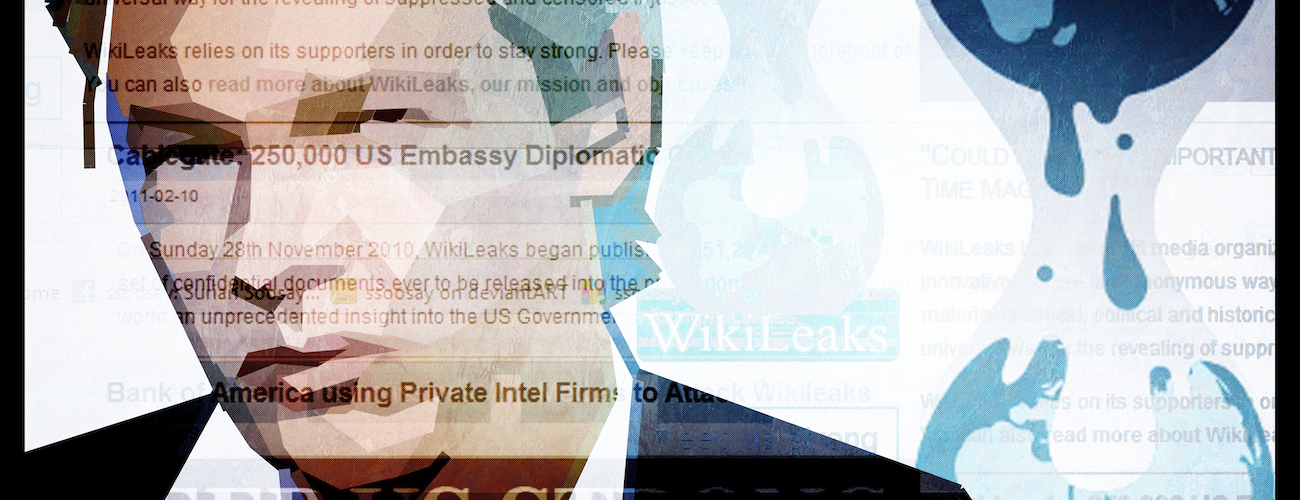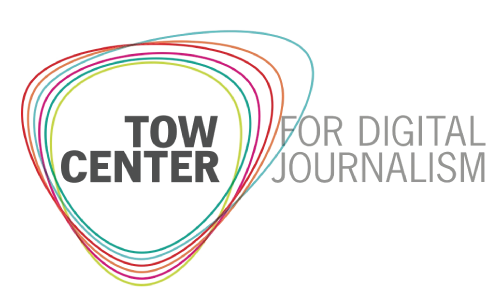Sign up for The Media Today, CJR’s daily newsletter.
WikiLeaks is on a post-election PR crusade to limit the fallout following a presidential campaign in which it became part of the story. After Donald Trump’s win, the organization once known as an equal opportunity leaker was seen as a puppet of the Russian government, releasing documents with partisan aims against Hillary Clinton.
“There is a desperate need for our work,” Sarah Harrison, a staffer at WikiLeaks, wrote in an op-ed in The New York Times. Last week, WikiLeaks staff held a Reddit AMA (“Ask Me Anything”), inviting Reddit users to send in questions about the organization and its publication of the emails of John Podesta, Clinton’s campaign manager, during the final weeks of the campaign.
WikiLeaks’s founder, Julian Assange, was not a part of the Reddit discussion; Assange’s internet was shut off in October at the Ecuadorian embassy in London, where he has been since 2012, to prevent him from interfering in the US election. Harrison and other unnamed members of the organization’s staff of more than 100 reiterated the hardline stance Wikileaks takes on “transparency for the powerful and privacy for the rest.” But there were interesting insights into how WikiLeaks sees its relationship with the press. When asked, as if on a blind dating show, about WikiLeaks’s “most unique trait,” the staff wrote:
I think our most unique trait is our ability to push the boundaries of journalism. This began a decade ago when we were founded by Julian Assange with his invention of an online anonymous submissions platform. This has now become commonplace in many newsrooms.
We then pushed the boundaries of publishing in full and allowing the public direct access to the searchable archives of source documents.
Along with our perfect track record in verifying documents and years of dealing with government hostility, we will continue to publish fearlessly for the public’s right to know.
While some of WikiLeaks’ claims can read as arrogance–“our perfect track record”–its answer highlights an important change: WikiLeaks used to be the press’s only source for anonymously submitted online document dumps. Since then, the press has developed its own digital capabilities and a comfort with leaked material–and WikiLeaks has strayed from editorial curation and toward publishing unedited archives.
WikiLeaks first emerged as an international player in 2010, when it published information on the Afghanistan war and US diplomatic cables. At the time, it was cited as a press hero, in the tradition of Daniel Ellsberg and the Pentagon Papers.
Related: Eight steps reporters should take before Trump assumes office
Charlie Beckett, author of WikiLeaks: News in the Networked Era (2012), argues that this era was WikiLeaks’s most effective because it worked “in tandem” with journalists, who vetted and redacted sensitive information after consulting with the US government. Journalist Craig Silverman wrote in CJR at the time that Assange had “outsourced the burden of verification” to the news organizations it worked with.
But even then, Assange was well known among editors to be controlling of information and secretive himself. There was, as former Guardian Editor Alan Rusbridger writes in his introduction to Wikileaks: Inside Julian Assange’s War on Secrecy (2011), “great interest and some respect” in Assange’s work among the press. But Assange was unable to settle on a single role: was he an editor or an activist?
Assange drew unfavorable comparisons to Edward Snowden, the other major leaker of this era. Snowden relinquished control of the documents he took from NSA to journalists at The Guardian, The Washington Post, and others. WikiLeaks, by contrast, retains the publishing role.
Rusbridger, who later published Snowden’s documents at The Guardian, wrote that Assange was willing to don whatever outfit best served his ends: “He acts like a leaking source when it suits him. He masquerades as publisher or newspaper syndicate when that’s advantageous.”
The “car crash” came, Beckett said, after Assange became angry with The Guardian for disclosing a password to WikiLeaks’s encryption. David Leigh, investigations editor at The Guardian at the time and co-author of WikiLeaks: Inside Julian Assange’s War on Secrecy, says it happened earlier: “Assange became angry with The Guardian after they refused to suppress the sexual misconduct allegations against him.”
WikiLeaks moved away from working alongside journalists and stopped redacting documents. While there is no evidence anyone has been harmed by a WikiLeaks publication, there have been close calls. The organization was heavily criticized earlier this year after it *linked to the names and addresses of millions of women in Turkey. WikiLeaks offers monetary, crowd-funded rewards for certain documents, such as a copy of the Trans-Pacific Partnership agreement.
For many reporters, WikiLeaks’ allegiance to its sources will sound disconsonant with journalism in the public interest. WikiLeaks denies bias itself, but without curation it is bound to adopt the biases of its sources. It is now more like a British model of publishing, suggested Beckett. In UK mainstream media, targeted stories are par for the course.
Since the first WikiLeaks dump, newsrooms have become more savvy about handling anonymous data dumps–effectively acting like WikiLeaks–but less successful when it comes to reporting on these issues.
Rusbridger writes that, in the atmosphere of the original leaks, swaths of data were largely unfamiliar to journalists, “using skills of data analysis and visualization which were unknown in newsrooms until fairly recently.” He describes the initial process at The Guardian of sorting through WikiLeaks data, which was unprecedented:
The first thing to do was build a search engine that could make sense of the data, the next to bring in foreign correspondents and foreign affairs analysts with detailed knowledge of the Afghan and Iraq conflict. The final piece of the journalistic heavy lifting was to introduce a redaction process so that nothing we published could imperil any vulnerable sources of compromise active special operations. … Making sense of the files was not immediately easy. There are very few, if any, parallels in the annals of journalism where any news organization has had to deal with such a vast database—we estimate it to have been roughly 300 million words (the Pentagon papers, published by The New York Times in 1971, by comparison, stretched to two and a half million words).
Today, such processes are not as cumbersome or unfamiliar. Many journalists have PGP keys, which enable them to be contacted confidentially. Several newsrooms, including The New York Times and The New Yorker, have the capability to receive leaks anonymously through a tool called SecureDrop, and more than 80 news organizations are on the waiting list. While it requires a significant initial investment, the organizations who use it find it well worth the trouble. According to a recent report from the Tow Center for Digital Journalism at Columbia University, news organizations with SecureDrop admit tips for stories have come in this way, but they will not identify which ones.
Related: Journalism’s moment of reckoning has arrived.
When it comes to reporting on technically complicated stories like hacks and leaks, on the other hand, journalists are relatively unequipped. The coverage of the Podesta leaks, for instance, focuses on the timing and newsworthiness of the leaks–questions that are bread and butter for the press–and less on the mechanisms by which WikiLeaks gained and shared the information. For that, private security firms and the US government are the main sources.
One way that newsrooms can begin to understand what can and can’t be made transparent is by implementing such policies themselves. That way, they’ll begin to understand what questions to ask of others, and where to put pressure.
For instance, newsrooms that use SecureDrop need to be as transparent as possible and decide what parts of the interaction they can make public: Which stories have been reported from leaked information? When was that information leaked? Perhaps this will come in the form of a typology that deconstructs under what circumstances certain pieces of information can be shared.
Before the election, the conversation around Wikileaks focused on the question of whether or not the press should report on the Podesta emails, since they are so targeted, uncurated, and not even clearly newsworthy.
The verdict, rightly, was that the press should report on the leaks: Glenn Greenwald argues in The Intercept, and Trevor Timm in The Guardian, that it is the journalist’s job to take what was leaked, decide what is newsworthy, and report on it. The role of the press is not only to report the leaks, but to interrogate the information and assess its newsworthiness.
But now, after the election, there is another layer of transparency that is the press’s job to add: transparency on WikiLeaks itself.
* Correction: An earlier version of this story incorrectly stated WikiLeaks published contact information for women in Turkey. It has also been updated to reflect a note from David Leigh, investigations editor at The Guardian at the time.
Has America ever needed a media defender more than now? Help us by joining CJR today.





